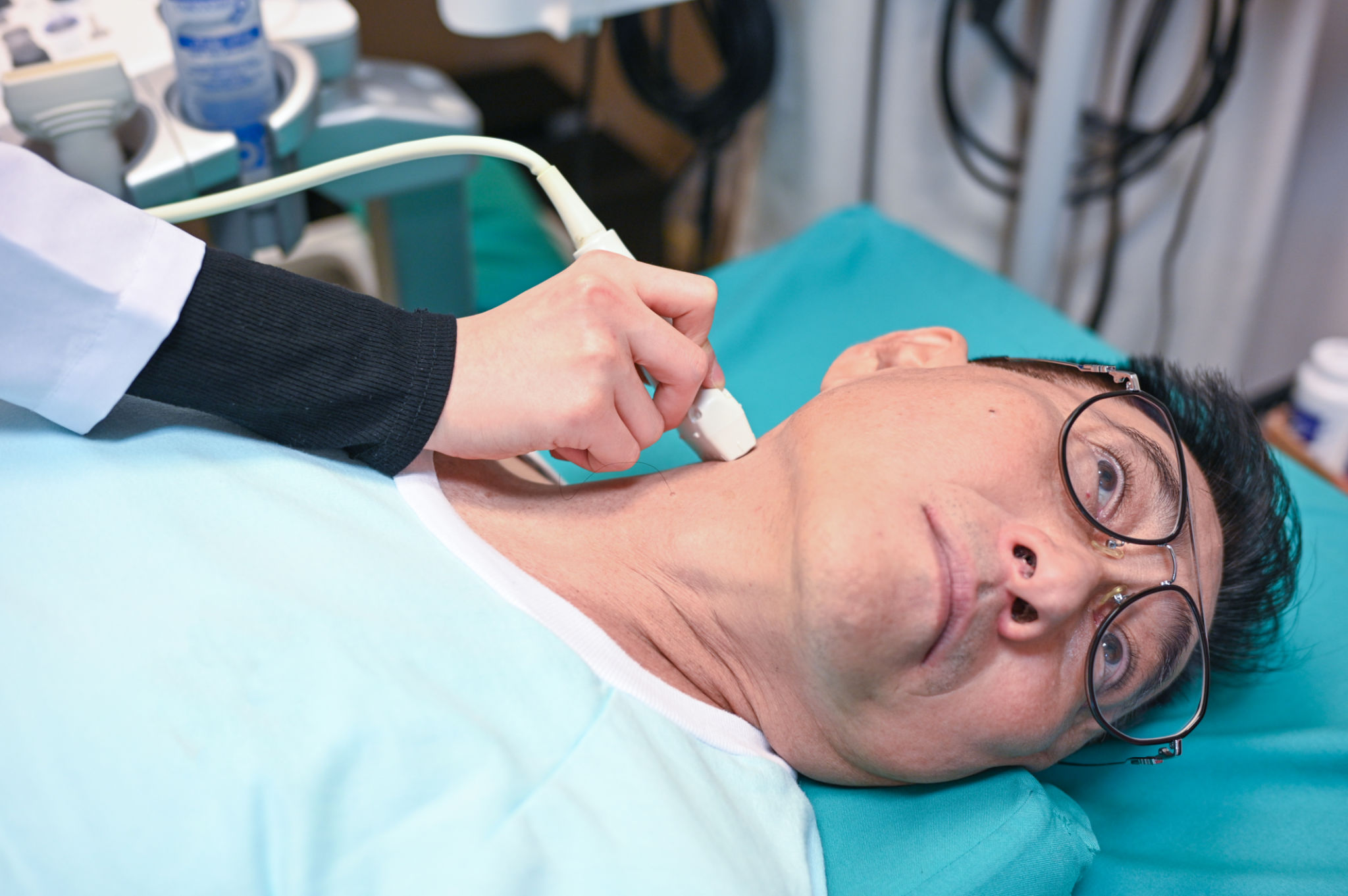A Comprehensive Guide to Lymphedema Management
Understanding Lymphedema
Lymphedema is a chronic condition characterized by the accumulation of lymphatic fluid, leading to swelling, most commonly in the arms or legs. This condition can result from damage to lymph nodes or vessels, often due to surgery, radiation therapy, or infection. Understanding the causes and symptoms of lymphedema is crucial for effective management and improving quality of life.

Recognizing the Symptoms
The symptoms of lymphedema can vary depending on its severity. Early signs include a feeling of heaviness or tightness, reduced range of motion, and swelling in the affected limb. As the condition progresses, affected areas may experience skin thickening or hardening. It is essential to recognize these symptoms early to prevent further complications.
Stages of Lymphedema
Lymphedema is typically classified into stages, each with distinct characteristics:
- Stage 0: No visible swelling despite impaired lymph transport.
- Stage 1: Mild swelling that may improve with rest and elevation.
- Stage 2: Persistent swelling with skin changes.
- Stage 3: Severe swelling with significant skin thickening.

Effective Management Strategies
Managing lymphedema requires a comprehensive approach combining medical treatment and lifestyle modifications. The key is to reduce swelling, alleviate discomfort, and prevent progression. Here are some effective management strategies:
Compression Therapy
Compression garments are essential for controlling swelling. These garments apply consistent pressure to affected areas, encouraging lymph fluid drainage and preventing further accumulation. It's important to wear them as recommended by healthcare providers.

Exercise and Physical Activity
Regular physical activity can significantly aid in lymphedema management. Exercises that promote muscle movement enhance lymphatic flow and reduce fluid buildup. Activities such as walking, swimming, and yoga are particularly beneficial. Always consult with a physical therapist to tailor an exercise plan that suits individual needs.
Diet and Lifestyle Modifications
A healthy diet plays a vital role in managing lymphedema. Consuming a balanced diet rich in fruits, vegetables, and lean proteins can help maintain a healthy weight, reducing pressure on the lymphatic system. Limiting salt intake is also crucial to minimize fluid retention.
Skin Care Tips
Proper skin care is paramount for those with lymphedema. Keeping the skin clean and moisturized helps prevent infections and complications. Avoiding cuts or injuries to the affected area is essential as these can lead to serious infections like cellulitis.

Seeking Professional Help
If you suspect you have lymphedema or are experiencing worsening symptoms, seek professional medical advice promptly. Healthcare providers specializing in lymphedema can offer personalized treatment plans and guidance on effective management techniques.
Remember: Early diagnosis and intervention are key to managing lymphedema successfully and maintaining a good quality of life.
